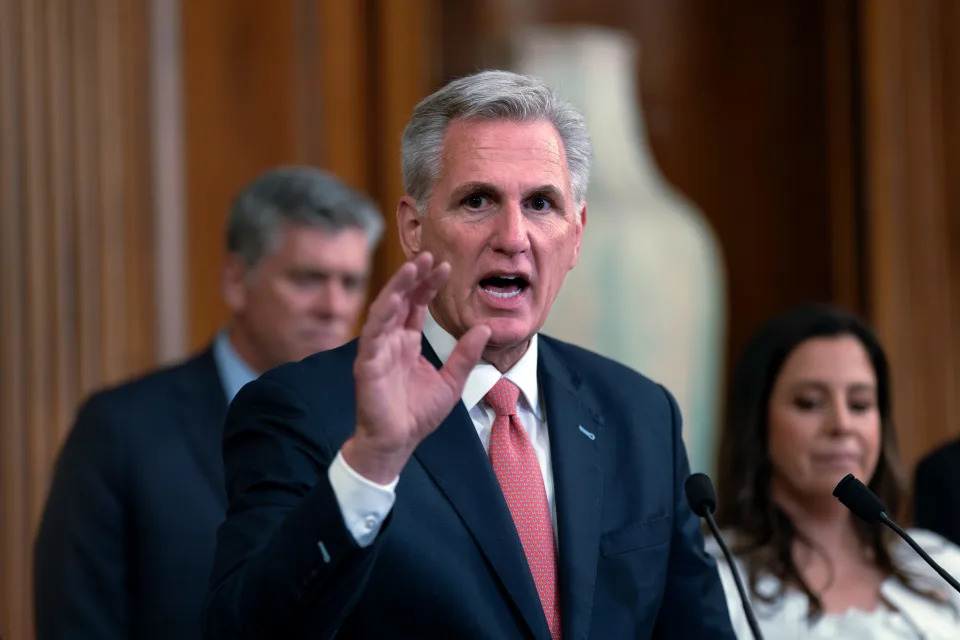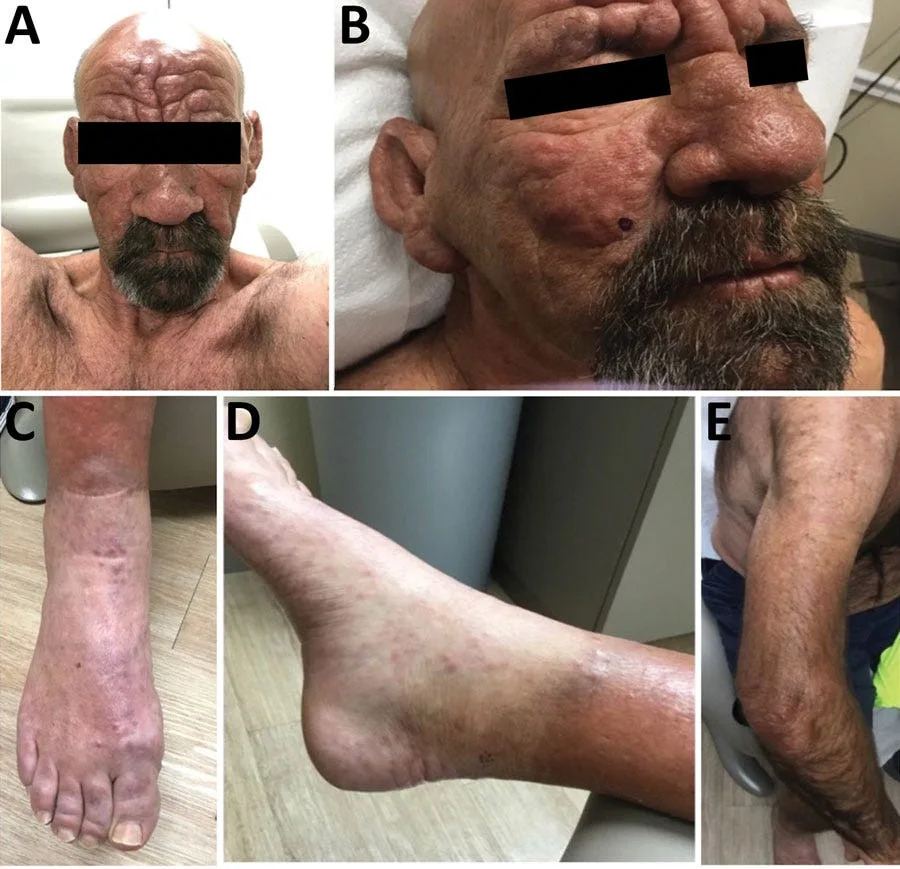Los Angeles Times – Opinion
Column: Is there any way to shift the bizarre Republican conviction that only Trump will save them?
Jonah Goldberg – August 1, 2023

“They’re not indicting me, they’re indicting you. I just happen to be standing in the way,” Donald Trump declared (again) in the wake of a new updated federal indictment connected to the classified documents case.
The claim is as effective as it is stupid. The federal government is not, in fact, prosecuting the average Trump supporter for mishandling documents or obstructing justice (save for two Trump aides who allegedly helped him mishandle documents and obstruct justice).
But the idea that Trump is a populist sword-and-shield against the “establishment,” “Deep State,” or “elites” has ensorcelled large swaths of the GOP base, which is at least partly why he’s got a massive lead over his opponents. In the latest New York Times/Siena College poll asking potential Republican primary voters which candidate they would most likely vote for, Trump is at 54%, a 37-point lead over his closest challenger, Florida Gov. Ron DeSantis.
Among his core supporters, about 37% of the party according to a breakdown of the poll by the New York Times’ Nate Cohn, literally nobody thinks he committed any crimes and 94% think the party needs to rally around him against these presumably bogus charges.
Cohn notes that no primary candidate with a lead of at least 20 points at this stage of the race has ever failed to get their party’s nomination.
This alone undermines the MAGA base’s argument for supporting Trump. If the Republican establishment forces were as powerful as Trump and his voters think, they’d be able to do something about it. If the Deep State were half as formidable as they think, Trump would never have been president in the first place.
But large segments of the GOP suffer from the delusion that they are victims of the ruling classes and that the woke left is running everything — or will — if Trump doesn’t stop them.
Even in states with Republican governors and legislative supermajorities, like Tennessee, a certain paranoia that the left could take over at any moment dominates politics. As one GOP state legislator recently said on a leaked conference call, “The left wants Tennessee so bad because if they get us, the Southeast falls and it’s ‘game over’ for the republic.”
Read more: Column: Republicans wanted Clinton prosecuted for her emails. And now they defend Trump?
Of course, if these left-wing overlords were as fearsome as all that, the GOP would not be in total control of the Volunteer State in the first place. Similarly, if the “RINO” establishment were in charge, Trump wouldn’t be the runaway front-runner.
This is the paradox of Republican politics today. The populists run or at least dominate the party but they derive their power and intensity from the bizarre conviction that they’re powerless victims — and that only Trump can save them.
The delusion is vexing but it also points to the only way to prevent Trump from getting the Republican nomination. The last decade has shown that the only kingmakers in American politics are precisely who they’re supposed to be: the voters. In 2008 Hillary Clinton proved that big money and establishment backing weren’t enough in the face of a popular opponent. Jeb Bush proved the same thing in 2016.
Much of the left and right have convinced themselves that American democracy has been hijacked, to one extent or another, by powerful special interests, billionaire donors, the Deep State, hegemonic party establishments and/or the media. And yet, time and again, the string-pullers have proved to be ordinary people.
Trump will be the nominee unless enough Republican voters either change their minds or consolidate around a challenger. And that remains possible.
Read more: Opinion: If Trump is indicted for Jan. 6, there’s more than enough evidence to convict him
Cohn is right that it’s unprecedented for a front-runner to lose with such a lead. But Trump is an unprecedented candidate. A former president with multiple criminal indictments despised by a quarter of his party almost as much as he’s loved by a third of it. You could argue he’s running with an incumbent president’s lead, but for an incumbent president, his lead would be disastrously narrow.
Throughout most of 2003, former Vermont Gov. Howard Dean was seen as the unstoppable, inevitable, Democratic nominee. “Dean has wrapped up the Democratic nomination for president of the United States,” the widely respected analyst Stuart Rothenberg declared (with some minor hedging), in November 2003. By December, Dean was nearly 20 points ahead of his nearest rivals. The next month he was crushed in the Iowa caucuses, as voters started paying attention and changed their minds. Dean didn’t score a single win outside of Vermont.
For those desperate for a Republican nominee other than Trump, hoping voters will change their minds seems scary. But that’s democracy for you.













